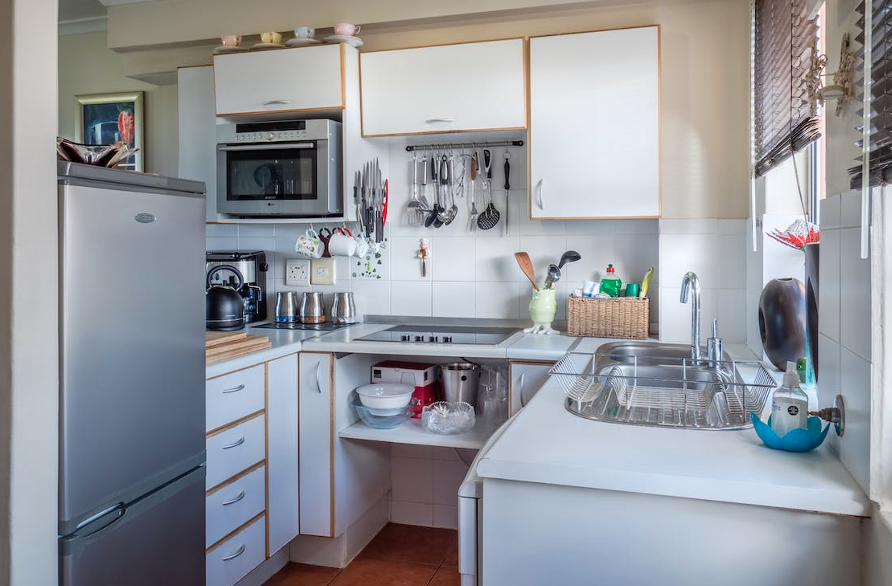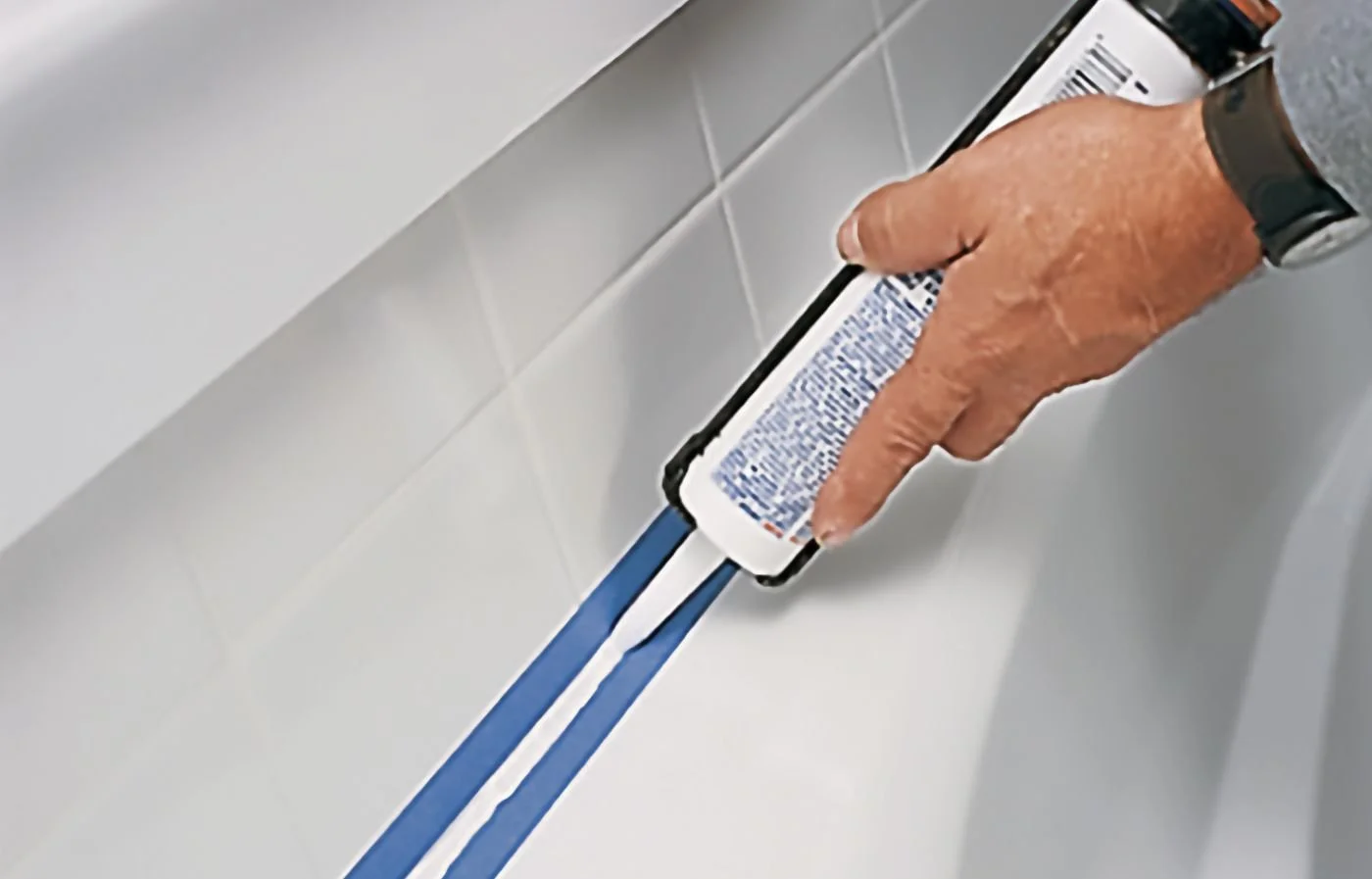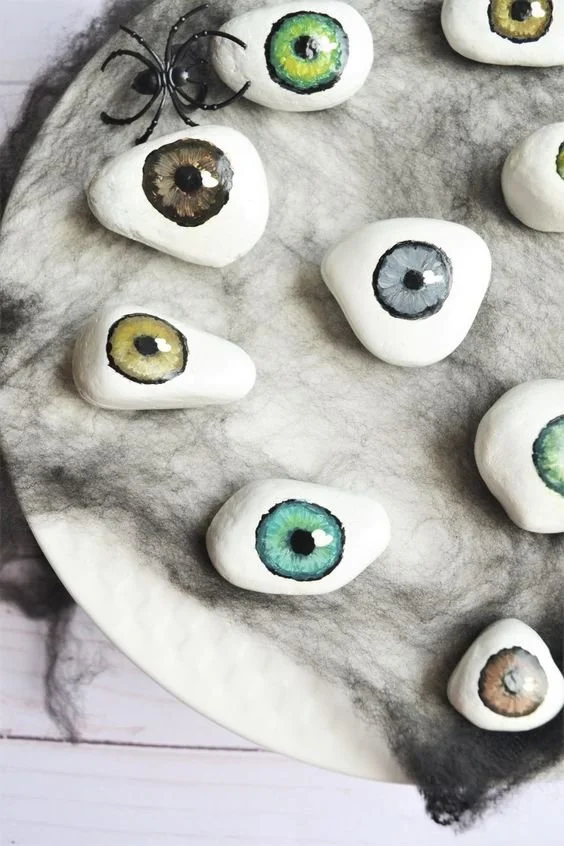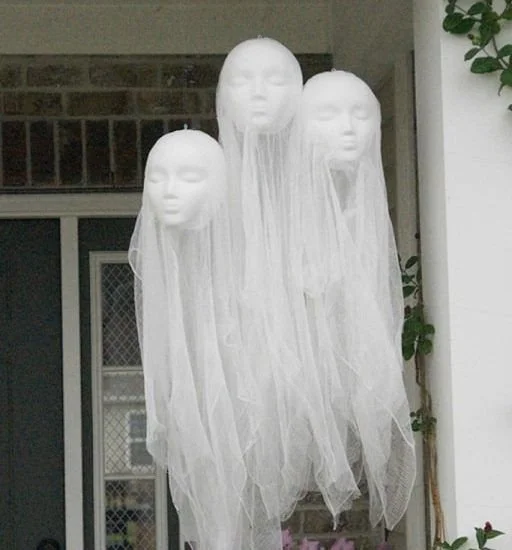How Multi-Role Technology Can Be Used For Mapping
RH Business Marketing Solutions
Multi-Role Technology (MRT) is being used by mapping agencies all over the world to map the world because MRT has many advantages over traditional methods such as aerial photography and satellite imagery.
This article will explore important ways in which Multi-Role Technology can be used for mapping.
Creating digital twins
MRT can be used to create digital twins which are exact replicas of real-world objects or environments which are further used for a variety of purposes such as urban planning, asset management, and disaster response.
Digital twins are created by scanning the real-world object or environment with MRT and then using computer software to create a 3D model of the object or environment. It is also possible to do drone inspections for digital twin assets located in hard-to-reach places or dangerous environments. For drone inspection, the digital twin is used to plan the flight path of the drone and to avoid obstacles.
The use of digital twins allows for a better understanding of how the real-world object or environment works and how it will respond to different stimuli. Additionally, digital twins can be used to simulate different scenarios such as natural disasters and traffic congestion.
Creating 3D and HR maps
MRT allows for the creation of 3D maps with a high degree of accuracy and detail because MRT uses LiDAR (Light Detection and Ranging) to measure the distance between objects. LiDAR is more accurate than traditional methods such as aerial photography because LiDAR can penetrate through fog, smoke, and other atmospheric conditions that can obstruct the view.
Additionally, LiDAR can be used to create 3D maps of hard-to-reach places such as mountains, forests, and urban areas. The use of LiDAR also allows for the creation of high-resolution maps which is important for mapping agencies that need to map large areas in a short amount of time.
MRT uses a technique called photogrammetry, which is the science of taking measurements from photographs. Photogrammetry is more accurate than satellite imagery because photogrammetry can take into account the curvature of the Earth. This is important for mapping agencies that need to map large areas such as countries, continents, and oceans.
Asset management
The process of tracking and managing physical assets such as buildings, roads, and bridges is called asset management. MRT can be used for asset management because MRT can create 3D models of assets which can be used to track the location of the asset and to monitor its condition.
The use of MRT for asset management is particularly useful for mapping agencies that need to manage a large number of assets. Additionally, the use of MRT can help reduce the costs associated with asset management by reducing the need for manual inspections.
On the other hand, the use of MRT can also help improve the accuracy of asset management by providing up-to-date information about the asset.
As you can see, MRT can be used for the creation of 3D maps with a high degree of accuracy and detail, the creation of digital twins which are exact replicas of real-world objects or environments, and the tracking and management of physical assets.
Additionally, MRT can help reduce the costs associated with mapping activities while also improving their accuracy.
Therefore, it is clear that MRT is a valuable tool for mapping agencies.
























